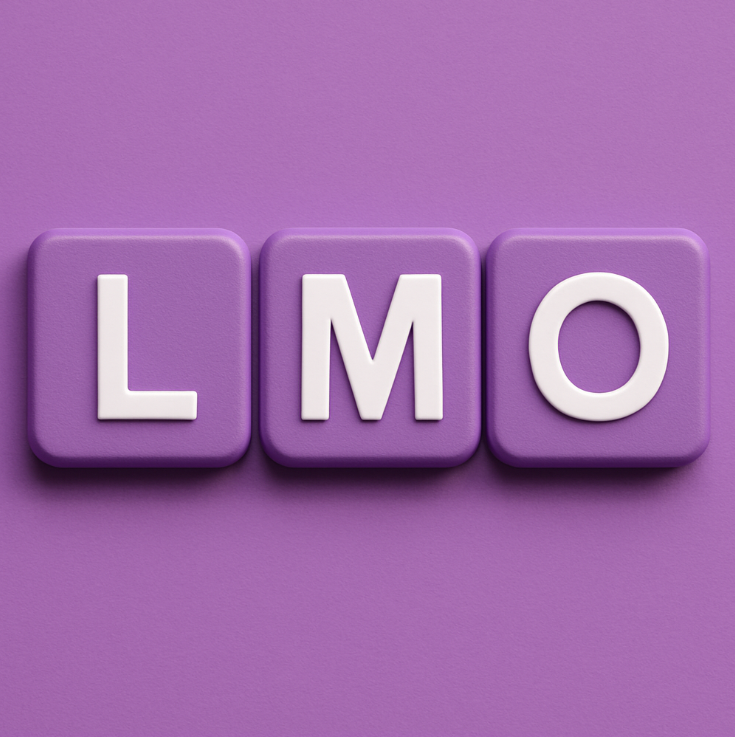Define Before You Buy: Building the Right Software RFP
Turn your business needs into clear, testable requirements that vendors can actually respond to.

You can’t choose the right system if you don’t first define what you actually need.
That’s where the Request for Proposal (RFP) comes in.
What is an RFP, really, though?
An RFP is a document you share with potential vendors outlining your business requirements, priorities, and the outcomes you’re trying to achieve. It invites them to propose a solution that matches and gives you a clear basis for comparison.
But here’s the thing: most RFPs are vague, bloated, or misaligned with the real needs of the business. That’s how you end up choosing a system based on feature checklists or flashy demos… and realising after implementation that it doesn’t quite work for you.
There's an expression in sales: Sell the sizzle, not the sausage. And that's great for a sales team.
But now, you’re the buyer. And it’s your business that has to live with the result.
This is where your RFP becomes more than a document. Done right, it becomes a filter, helping you eliminate poor-fit options and focus your attention on the ones that actually align with how your business runs, and where you want it to go.
Before the RFP: Get Clear on What You Actually Need
Writing a strong RFP doesn’t start with the document itself. It starts with internal clarity.
That means understanding:
- How your business operates today
- Where the bottlenecks and risks are
- What outcomes you’re targeting
- What functions the new system needs to support
- What future changes or growth need to be accounted for
Without this groundwork, you risk filling an RFP with guesses, wishlist items, or whatever the last demo looked like and that doesn’t serve you.
This is why business process discovery matters so much. (If you missed our last post on that, you can read it here.)
When we help clients at this stage, we focus on capturing the current state, understanding the desired state, and identifying the must-haves vs. nice-to-haves, all before a single vendor is contacted.
That clarity makes your RFP a sharper tool. It also makes vendor conversations shorter, more focused, and far less likely to be derailed by sales gloss.
What to Include in a Software RFP
Your RFP doesn’t need to be a 40-page document , but it does need to be structured, focused, and useful. You’re not writing it to impress vendors. You’re writing it to help you make a good decision.
At a minimum, a solid RFP should include:
- Business context
Briefly explain who you are, what you do, and what’s driving the need for change (growth, inefficiency, scaling, compliance, etc.). - Project objectives
What outcomes are you hoping to achieve? This keeps vendors focused on value, not just features. - Current systems and known issues
Be open about what’s in place today, where the gaps are, and what’s not working. - Key requirements
These should be clear, testable, and prioritised. Avoid jargon or vague goals like “improve reporting”. Instead, be specific: e.g., “consolidated P&L across 3 entities in real-time”. - Use cases or process examples
These bring your requirements to life and help vendors show how they would handle real scenarios in your business. - Integration needs
List any tools or systems that must connect — CRM, finance, inventory, production, etc. - Project scope and timeline
Be clear on what’s in or out of scope, and when you hope to go live. - Budget and funding
You don’t need to give exact figures, but a range helps vendors propose realistic solutions. If grant funding (e.g. from Enterprise Ireland) is part of your plan, say so. It signals viability and sets expectations in terms of vendor obligations. - Evaluation criteria
Explain how you'll assess proposals — cost, fit, experience, implementation approach, support, etc.
Make It Easy to Respond and Easy to Compare
A good RFP isn’t just about listing everything you want. It’s about giving vendors the clarity they need to respond meaningfully.
Let’s be honest RFPs can be tough reading. Long documents full of generic requirements often get skimmed or misunderstood. And vague ones? Even worse... they result in vague proposals.
Writing a clear, structured RFP shows respect for the vendors’ time, and it helps you get better responses in return. Be specific. Be realistic. Share just enough to let them tailor a proposal but not guess at one.
You’ll make it easier to compare & contrast vendors on the things that matter to you: fit, flexibility, cost, and approach.
Where We Help
Many of the SMEs we work with know they’ve outgrown their systems, but don’t have the time or internal capacity to turn that into a clear set of requirements.
That’s where we come in.
We help businesses run a short, structured discovery process, turn that into a sharp requirements list, and draft an RFP that vendors can actually work with.
It’s not about padding out documents. It’s about clarity and control.
You get:
- A shared understanding of what’s needed and what’s not, which may not be obvious at first
- A clear list of priorities (not a wishlist)
- A focused RFP that respects vendors’ time and your own
And yes — grant funding (for example, from Enterprise Ireland) often covers this part of the work too.
Final Word: Take Control Before You Go to Market
Choosing a new system isn’t just about comparing products, it’s about getting clear on your business first.
A good RFP puts you in control. It helps you filter out poor-fit solutions, avoid being sold something you don’t need, and focus your energy on options that actually support how your business runs (and grows).
It doesn’t have to be a long, painful process. But it does have to be done properly.
If you take the time to define your needs upfront, with help if needed... you’ll save time, money, and frustration later. You’ll also stand a much better chance of making the right decision the first time.










